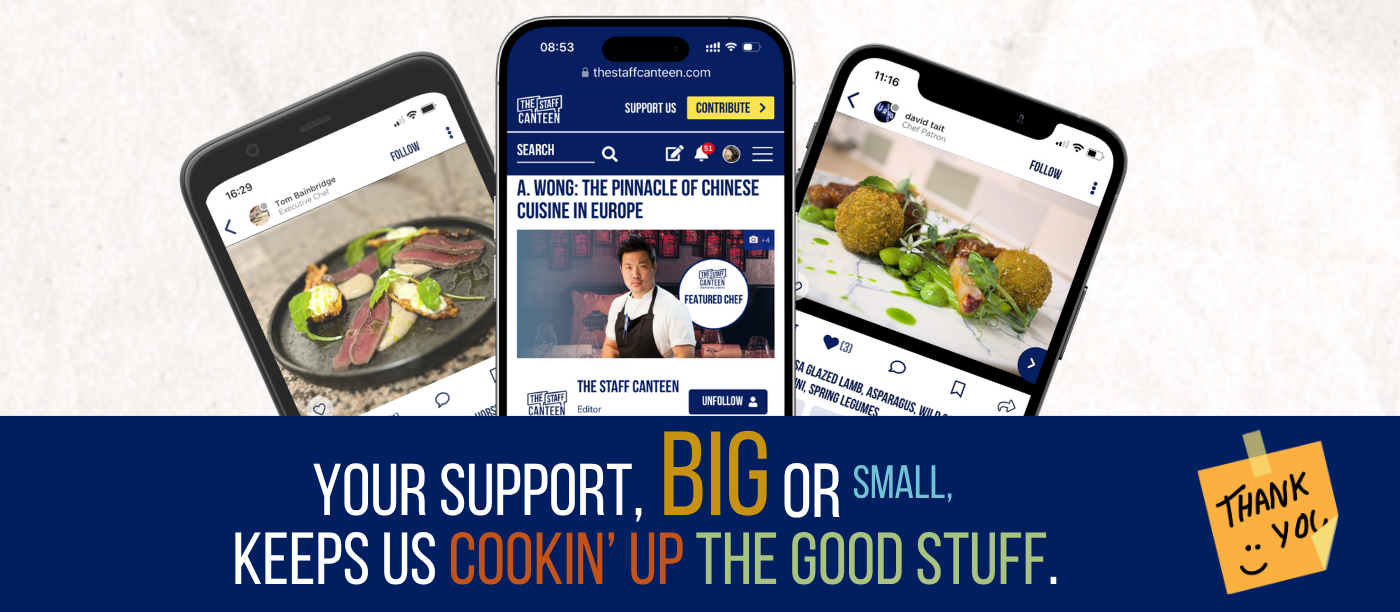such as London’s
The Cinnamon Club, opened in 2001, think of themselves as a new

generation of modern Indian restaurants, with a mission to ‘revolutionise’ Indian cooking in the UK and ‘continue to push the boundaries’. Furthermore, upmarket curry houses are now being awarded Michelin stars, a far cry from the everyman restaurants of the 1970s and beyond.
Those aiming themselves at the lower-end market are struggling to compete with supermarket ready-curries which seemingly offer quality on par with a restaurant but at a much lower price. In addition to this, chefs are becoming harder to find because of strict Visa rules requiring them to speak English and earn at least £20,300 a year, according to
The Economist. Restrictions like these hit cheaper eateries the hardest. British Asians aren’t the solution either –
young Anglo-Bangladeshis no longer want to work in restaurants and are studying to become doctors or lawyers instead.

So ‘posh’ curry houses may represent the future of Indian cuisine in the UK, especially because the country’s tastes are shifting.
Jalfrezi has replaced tikka masala as the nation’s favourite curry, suggesting a move away from the weaker, Anglicised idea of curry towards something more exotic. These newer, more extravagantly priced restaurants reject both the idea of the ‘British’ curry and the traditional one in favour of something more adventurous.
No one can be sure what the future holds for curry in Britain, but rest assured it’s an exciting time to be serving or eating Indian cuisine.
By Stuart Armstrong
Are you having a curry for this week celebration or creating a new curry dish on your menu? Let us know over on Facebook or Twitter.

















